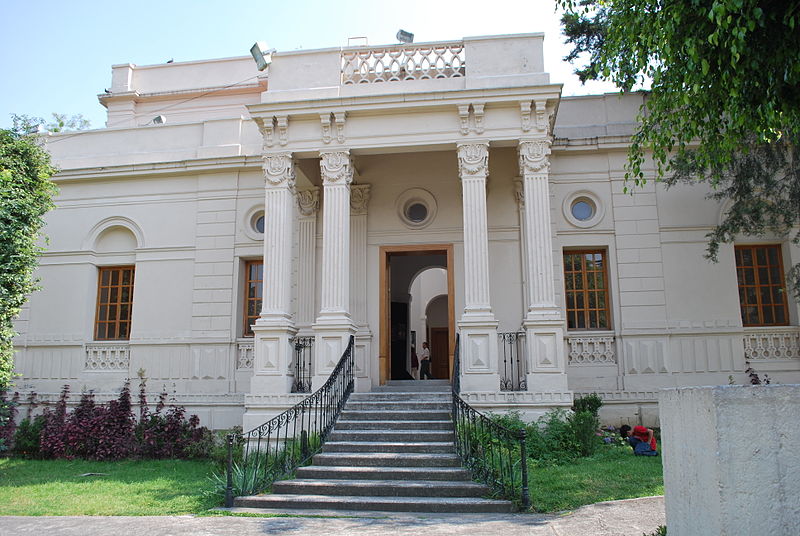
El Centro Histórico de Tlalpan tiene uno de sus inconfundibles iconos en la Casa Frissac. Hoy en día es un destacado centro cultural y artístico para la comunidad, donde se imparten talleres permanentes de grabado y arte infantil, entre otros.
El edificio se construyó en 1900 para un rico banquero y terrateniente, Jesús Pliego Frissac. La obsesión del Porfiriato por lo francés es claramente visible por dentro y por fuera, y como edificio de hacienda neoclásica, es una maravillosa combinación de simplicidad, algunas columnas y una cúpula en el centro.
El problema es que Pliego tenía una nieta, una tal Matilde de Frissac. Ella también vivía en la casa, y adquirió cierta notoriedad cuando comenzó un romance con un criminal.
La leyenda urbana cuenta que éste debió ser Jesús Arriaga, el famoso “Chucho El Roto”, y muchas de esas leyendas incluso señalan a Chucho como habitante de la casa. En realidad, Chucho había muerto, encarcelado, unos 15 años antes de que se construyera la casa. Lo que es más seguro es que Matilde tuvo algún tipo de aventura, como suelen hacer los jóvenes, lo que provocó el enfado de su rico abuelo.
Por supuesto, al enterarse del romance Pliego se comprometió a hacer la vida del joven lo más difícil posible, consiguiendo que lo metieran a la cárcel. Se dice que Matilde pidió de vuelta a la prisión el cuerpo de su joven amante. Lo que recibió de vuelta no fue más que un ataúd lleno de piedras.
En la plétora de historias relacionadas con Chucho el Roto, es muy probable que ésta se haya perdido a causa de los feroces vientos del escándalo y de una creciente prensa popular ansiosa por publicar cualquier cosa. Asimismo, la casa se cita con frecuencia como escenario de la película de Luis Buñuel de 1950, Los olvidados. Como la película se rodó casi en su totalidad en las calles de Ciudad de México, sus pocas tomas interiores, característicamente oscuras, no se identifican fácilmente como la Casa Frissac. Sin embargo, lo eran.
En los años 20, el inmueble fue reconvertido en una instalación telefónica. En los años 50, un tal Adolfo López Mateos compró la casa y la ocupó durante algunos años. Más tarde fue presidente de México (1958 a 1964). Su familia la ofreció para que la usara el rector de la UNAM, y el entonces rector Javier Barros Sierra vivió en ella de 1966 a 1970. El hecho más relevante es que el Centro Cultural del edificio aún lleva su nombre.
Es famosa la renuncia de Barros Sierra como rector de la Universidad Nacional en apoyo a los universitarios. Su renuncia se hizo efectiva sólo nueve días antes de la Matanza de Tlatelolco, en octubre de 1968.
En la actualidad, el Instituto Javier Barros Sierra ofrece talleres de grabado y estampación, danza, talleres artesanales y dibujo en talleres populares que reúnen a estudiantes y asistentes de toda la ciudad.
Las exposiciones están abiertas al público.
 55 5485 3266
55 5485 3266
 https://www.facebook.com/Casa-Frissac-Centro-Cultural-1762052240788290/
https://www.facebook.com/Casa-Frissac-Centro-Cultural-1762052240788290/
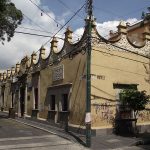
Cercano a 0.11 kms.
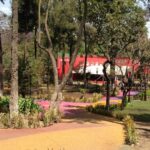
Cercano a 0.20 kms.
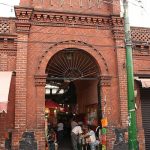
Cercano a 0.25 kms.
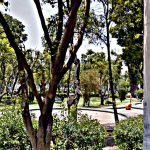
A charming neighborhood park in Tlalpan . . .

Un mercado de flores abierto las 24 horas en la zona de hospitales . . .
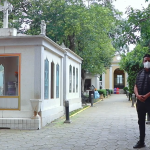
One of the most haunted places in the Center of Tlalpan . . .
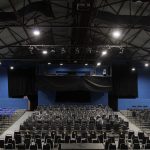
One of Tlalpan's premier performing arts venues . . .
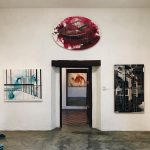
One of Mexico City's leading contemporary art communities . . .